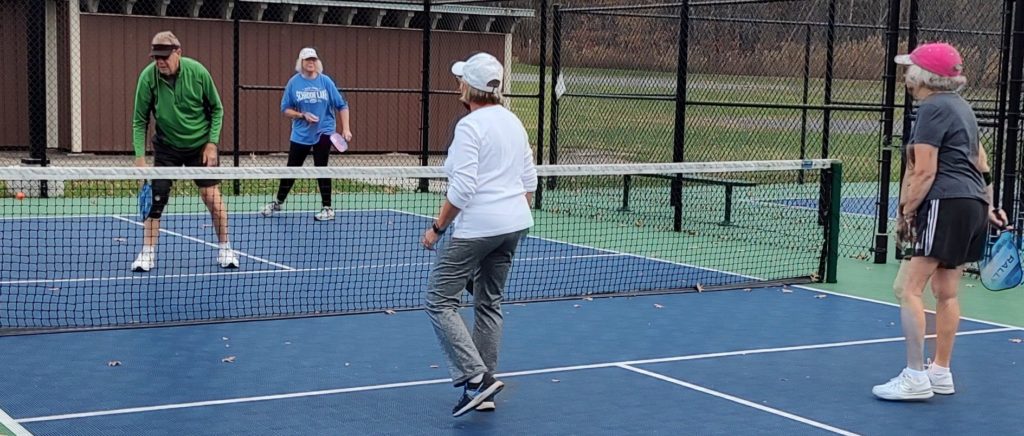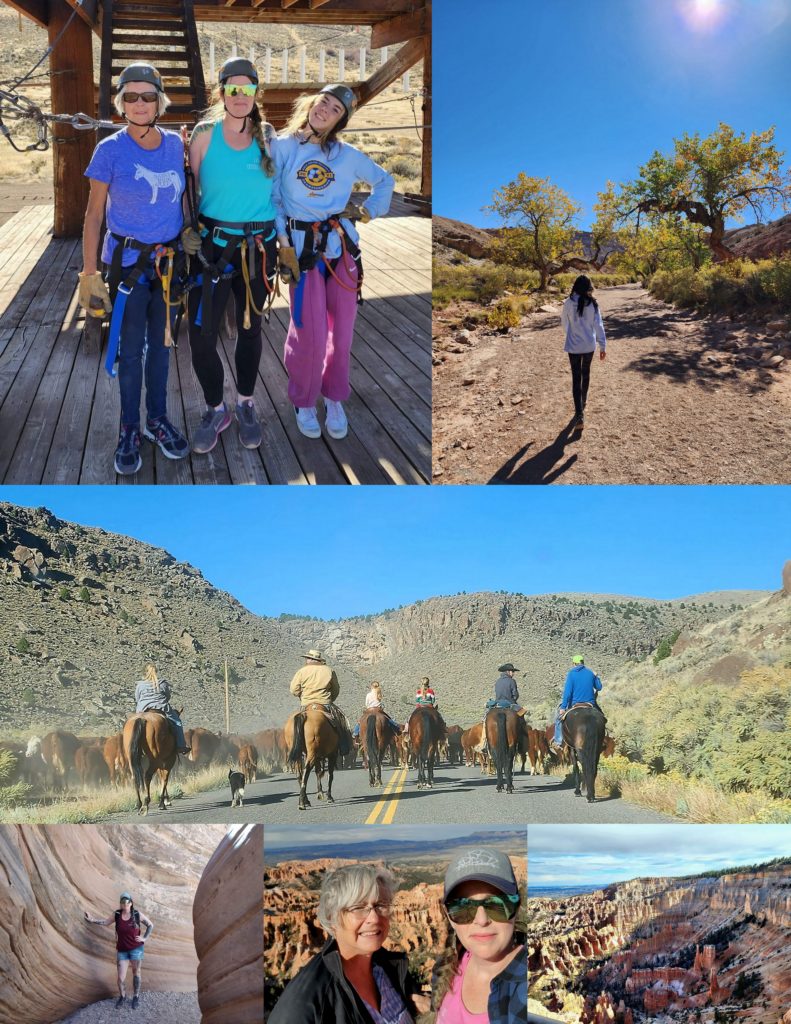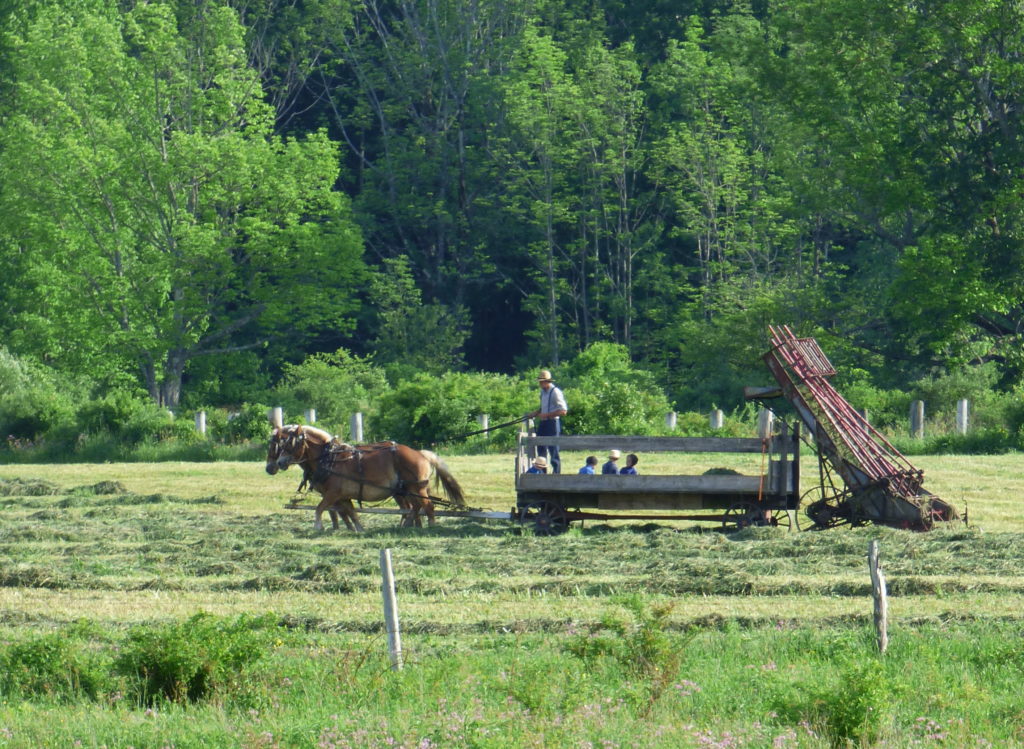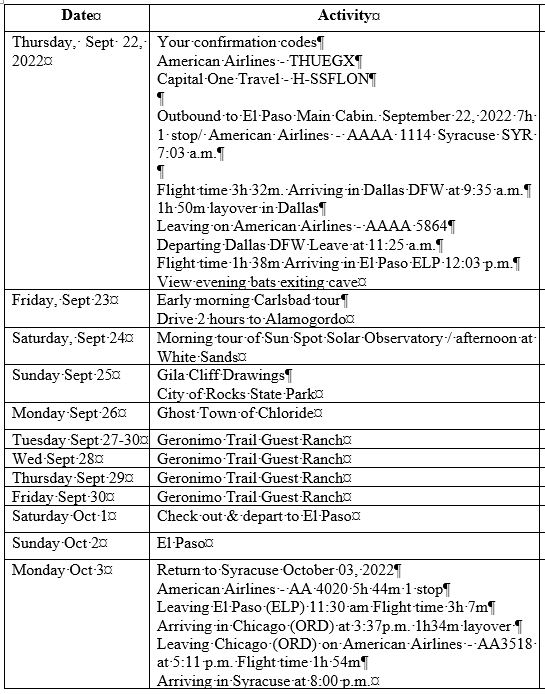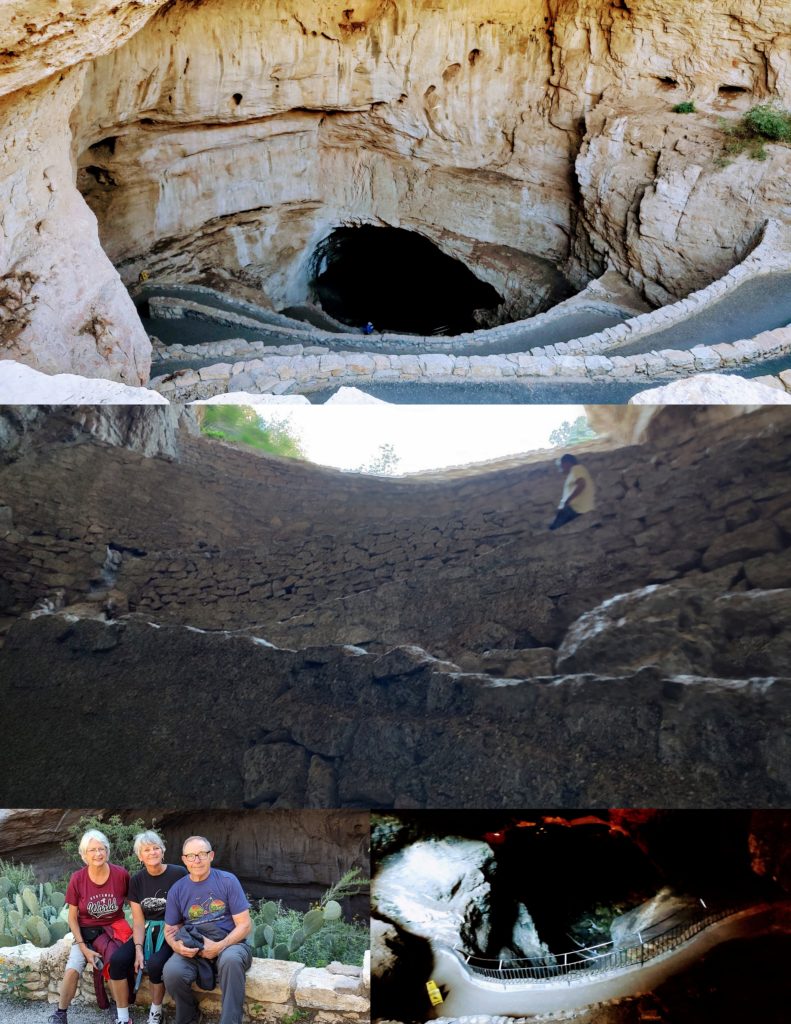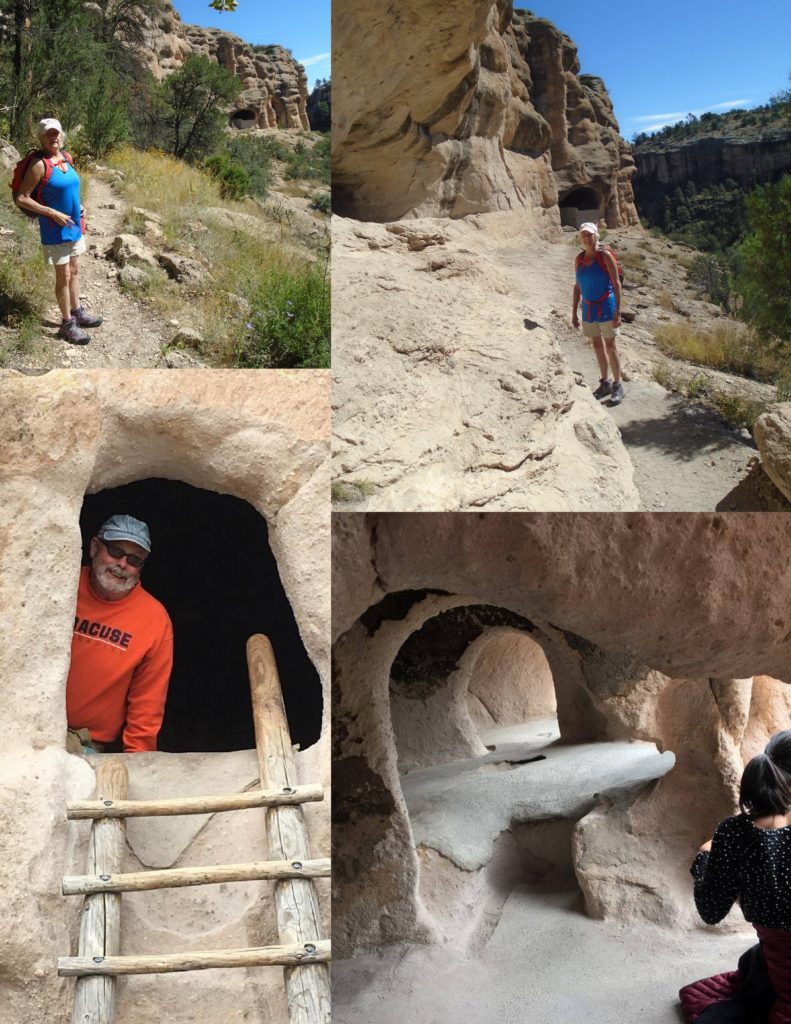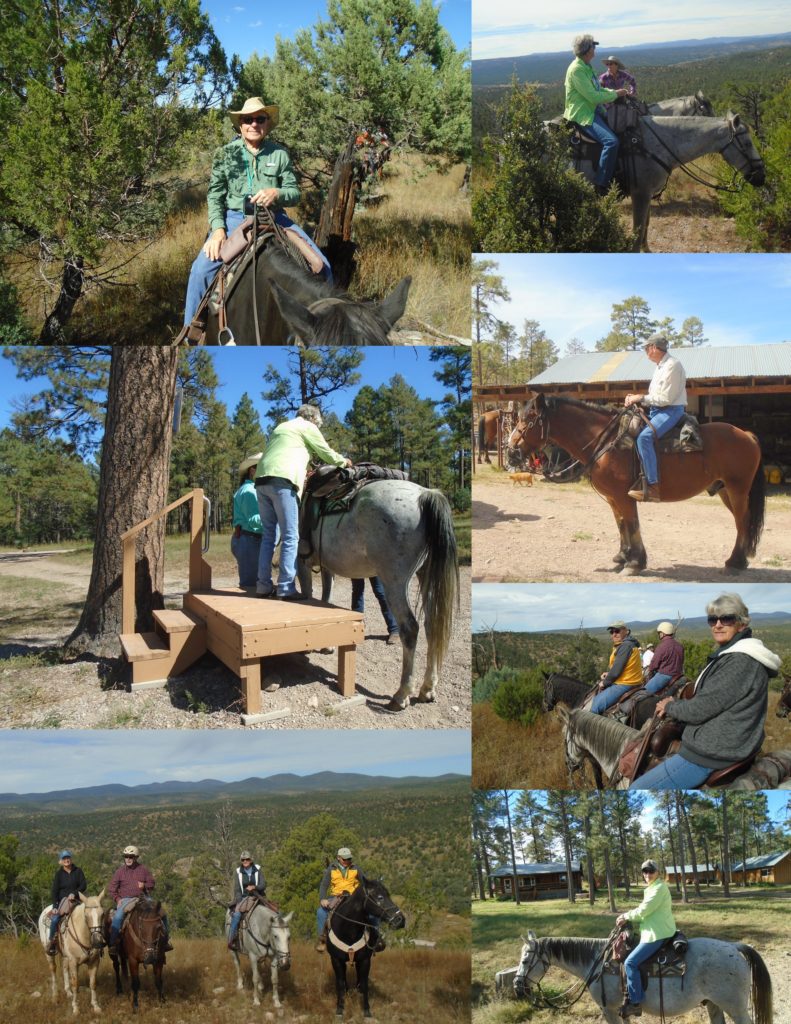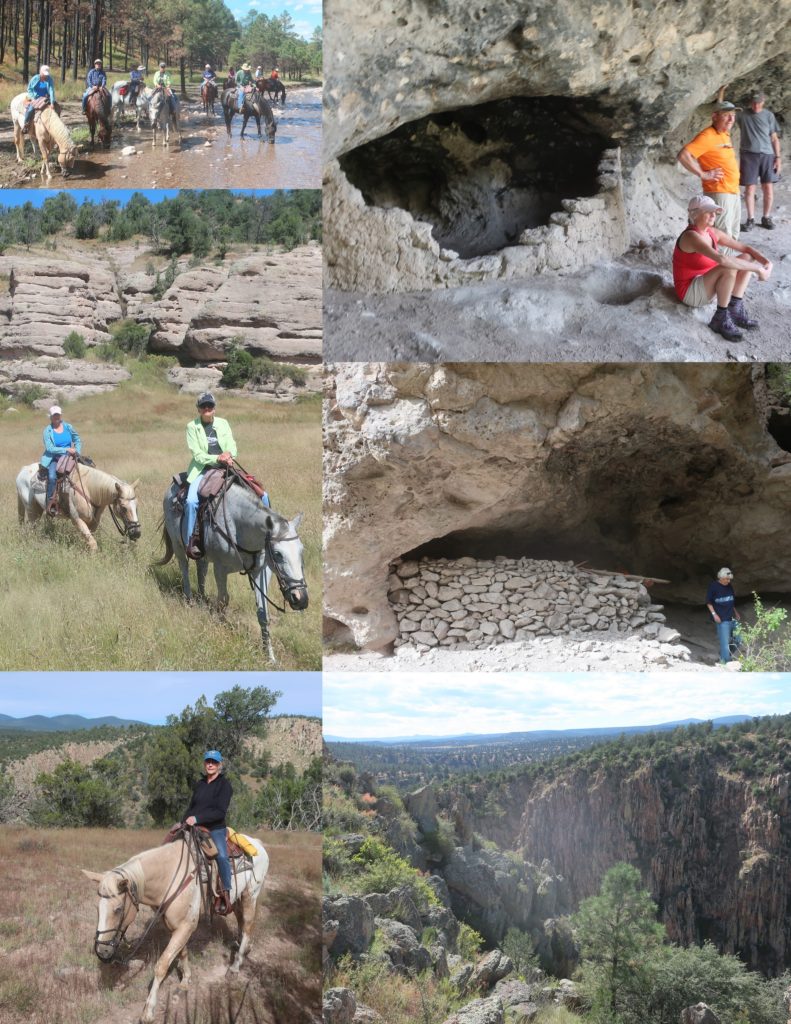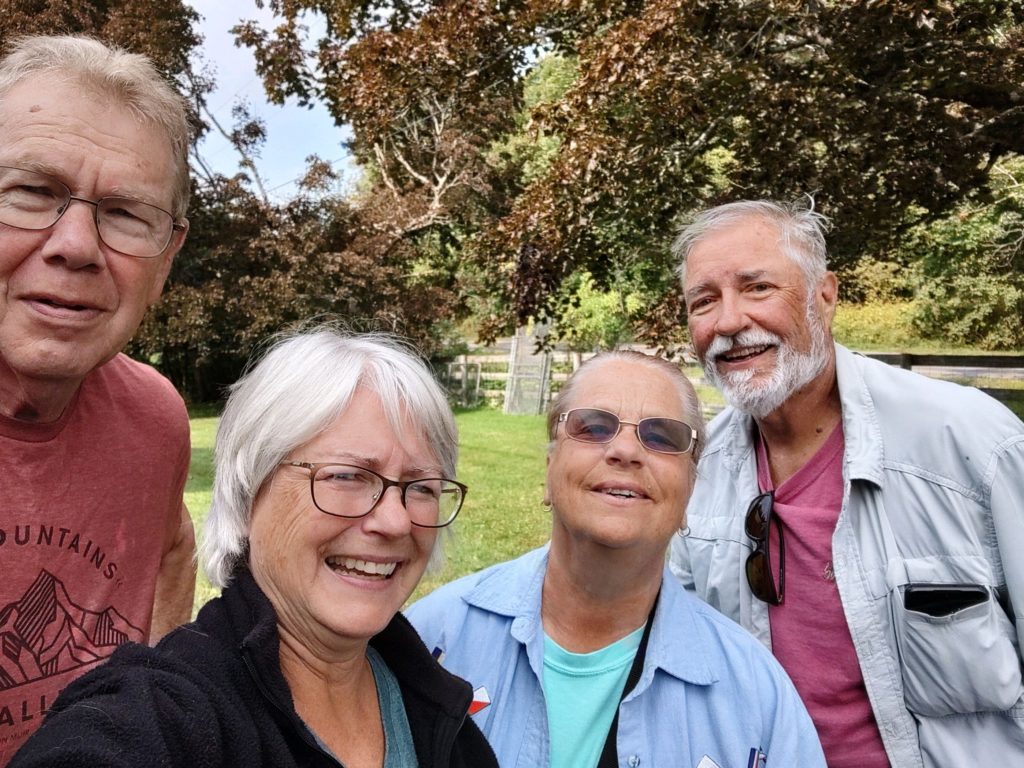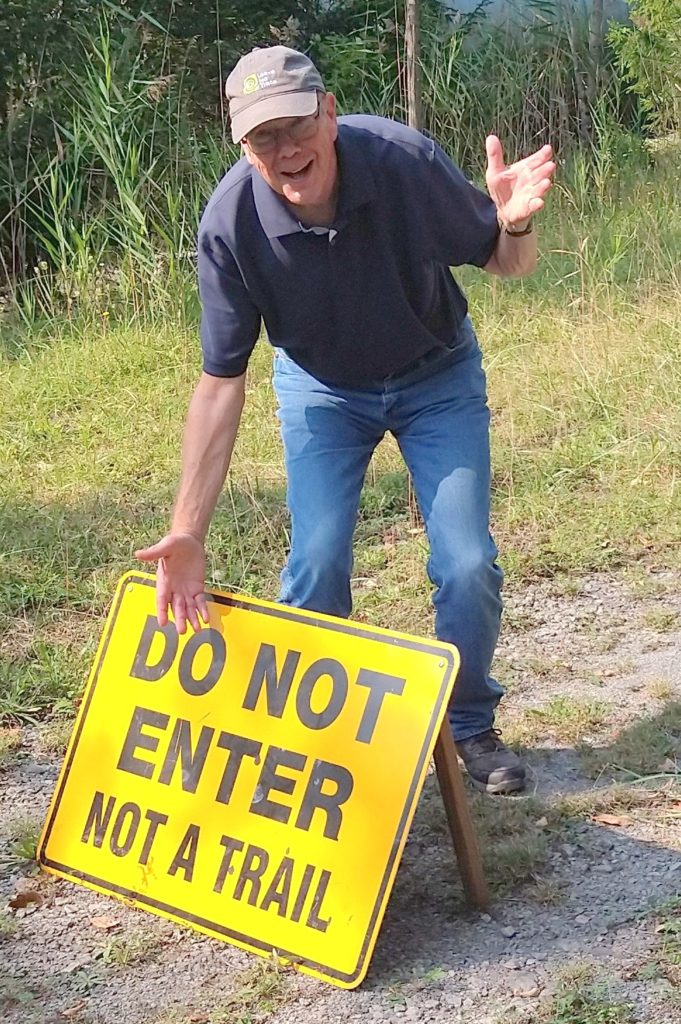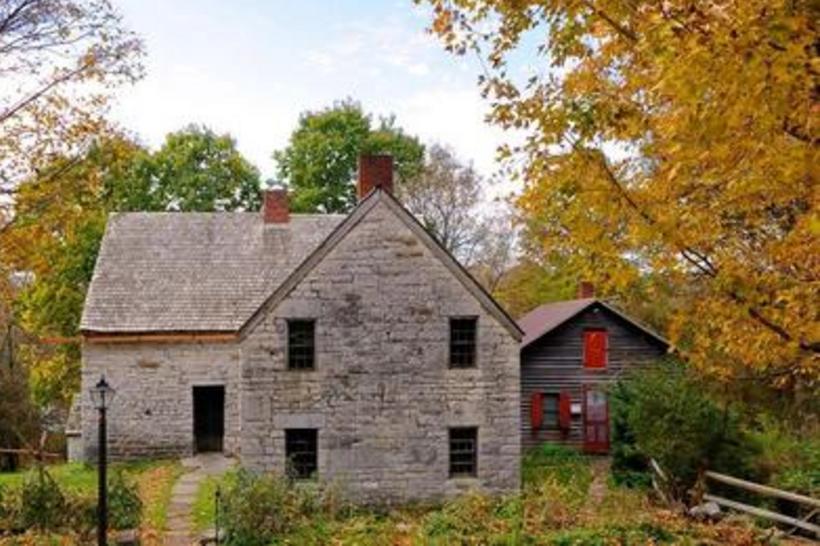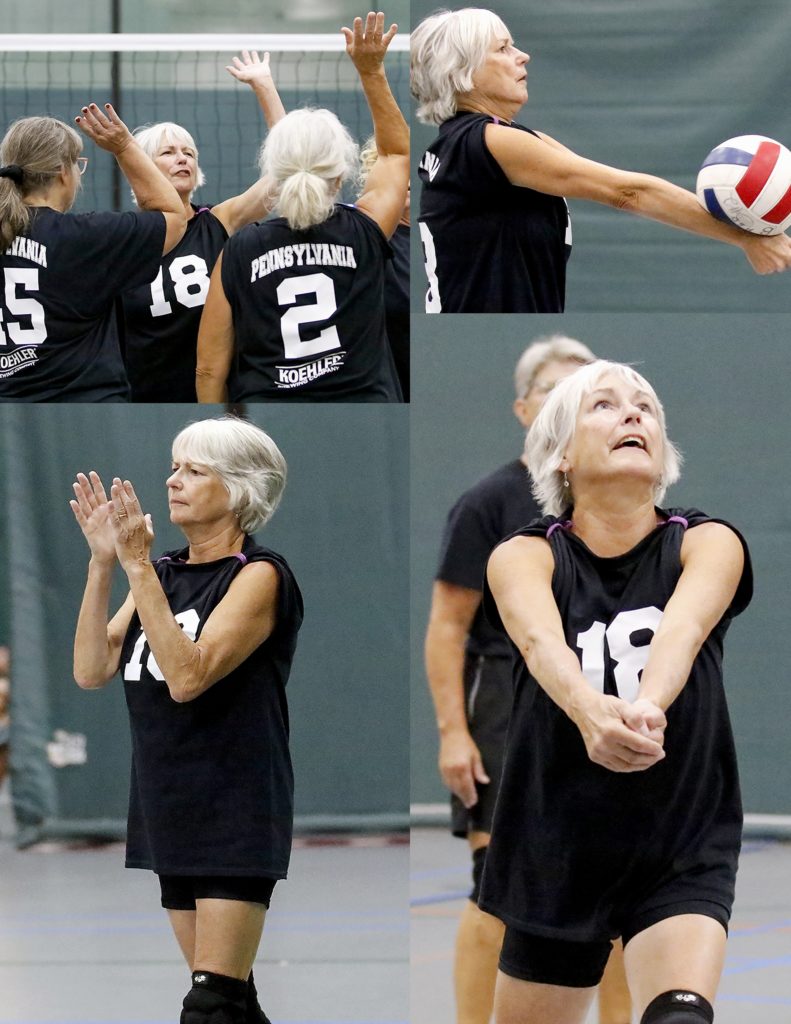In 1968 The SCS Varsity Basketball Team had a record of 18-0: winning all their league games and achieving what sports team strive for – perfection. Team members are now in their mid-seventies. Team records, trophies and memorabilia have been discarded except those maintained by players and their families.
Flipping through the yearbook I happened upon this picture which reminded me of what a special year it was for SCS. It motivated me to connect with those players and gather some of the recollections of that special year. Following are summery recollections gathered from discussions with the starting five players.
Team members are shown below as extracted from the YO-SKO-HA-RO Year Book (1968). Kneeling: Mike Negus, John Adams, Jim Gorman, Fred Hendricks, Allan Baldwin, Harold Conklin, Jon Shultes Standing: Mr. Pafunda (Varsity Head Coach), Don Diamond, Jeff Senecal, Duane Sidney, Tom Stark, Doug Martin, Jim Sacket, Bob Chirieleison, Steve Foland
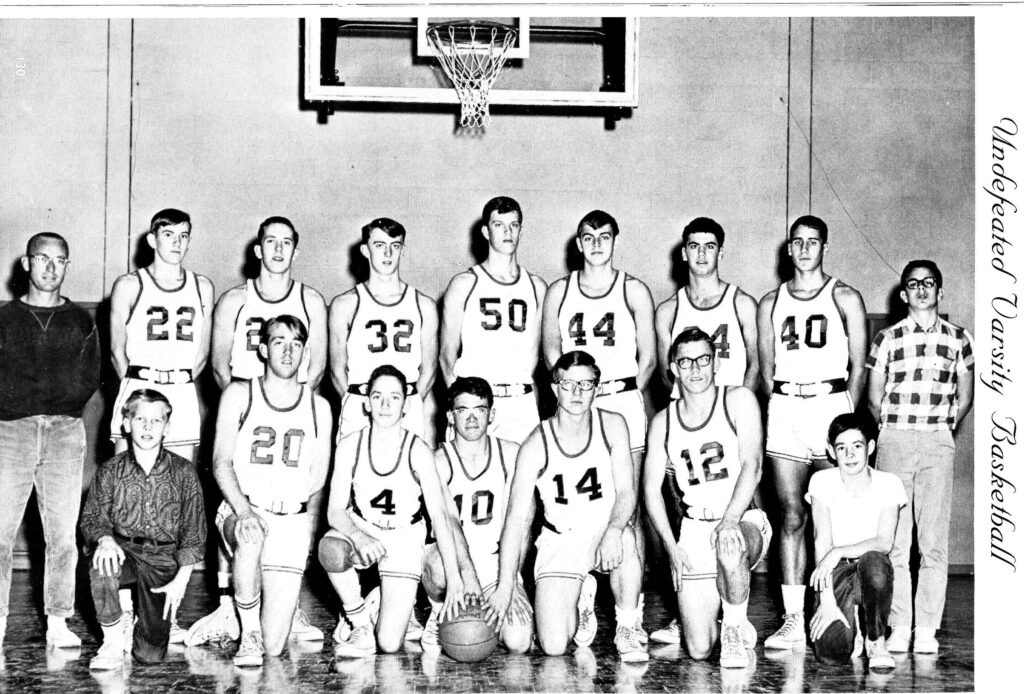
Schoharie competed against opponents such as Middleburg, Cobleskill, Berne Knox, Richmondville, Sharon Springs, Greenville, Fonda, Canajoharie.
Origins. The core of the starting 5 were moved up from modified level to JV and played together from JV through varsity under Coach Pafunda. The decision to move these young players up was hastened by the seniors graduating. Tom Stark joined the team in 7th grade and Doug Martin joining his freshman year. It was a good JV team with a record of 14-1
Continuity. Continuity over the seasons enabled the team to work on similar personal development skills drills as well as understanding teammate intent
The starting five. Fred was the point guard. his priority was to advance the ball and distribute the ball to other players, however if the ball was kicked back out, he would shoot, even though he wasn’t normally the 1st option. Jimmy was the primary shooting guard and did not hesitate to launch a shot. This had the effect of either scoring or generating motion if the offense was getting stale. Tom Stark was positioned in the low post and focused on rebounding. Most of Tom’s scores were generated by rebounding. Doug Martin was always around the ball and had a propensity for scoring off of offensive rebounds. Duane was a wing player with the skills to dribble drive with either hand, leading to a layup or dish off to a team mate when the opponent reacted to the action.
Coach Pafunda didn’t substitute much, but if one of the starters was in foul trouble Bob Chirieleison was usually the 1st off the bench playing a wing position, Guards being substituted were replaced by Allan Baldwin, Jim Gorman or Don Diamond. On rare occasions Duane Sidney switch to a guard position. There were many talented players on that team, many of whom did not get much playing time, but would have started at other schools.
Leadership. Two captains were assigned for each game with a different pair of players for each game.
Full court press. The Indians deployed a 3-2 full court press with Doug Martin on the ball; Duane Sydney and Tom Stark denying from the wings and Jimmi and Fred dropped deep. The press was very effective as the team set a record for points scored in the 1st quarter: outscoring Middleburg 43 -5 in the 1st quarter with Tom Stark recording 21 points in the 1st quarter. Shortly thereafter the record was toppled by scoring 44 points vs Duanesburg. Coach Pafunda seemed embarrassed by the situation and sat the starters for the remainder of the game. Everyone played.
Defense. The team primarily played man-to—man however, the team was not averse to modifying their defensive strategy such as playing a box and 1 defense with Duane Sidney playing Gary Hamm and the other four players in a zone alignment.
Offense. Other than out of bounds plays there was no set offensive plays. The free-lance offense lot of pick and roll with Doug frequently operating from the low post and feeding Tom or Duane.
Practice. Practice would begin by running 5 laps to loosen up, followed by drills such as rebounding drills, fast break drills, 3-man weave or ball handling drills. Finally, practice would conclude with a half hour scrimmage. Often the scrimmage would be used to model the opposing team and practice the planned defense.
Coach Pafunda. Although big wins were possible Coach Pafunda took a “Don’t rub it in” philosophy as exhibited vs Duanesburg – a team lacking in talent that year. He stressed fundamentals and defense. Playing solid defense, usually man to man, was a focus.
Recognition this team was going to be special. In 1968 Cobleskill was regarded as the class of the league. The team began to acknowledge that this season was special after beating Cobleskill twice mid schedule. Defeating Cobleskill bolstered expectations.
Milestones. The team the team averaged 85 points per game in the league and 78 points per game overall with There was no 3-point basket in those days. All five players recorded double digit scoring average for the year. In the record setting Middleburg game Tom Stark scored 23 points in the 1st quarter.
Sectionals. SCS. Played three competitive games opening vs Hoosac Valley, defeating Chatham High School and losing to Draper High School of Schenectady, NY 74-70.
Lasting Memories. The spectator stands being completely packed. Spectators would save seats for family arriving late to see the team play. The comradery and lasting friendships among the players. From a fan’s view riding the bus to the games and being part of the cheering section. We expected to win, and did!


